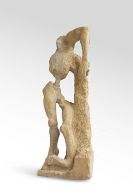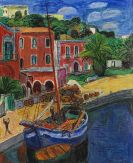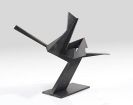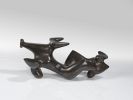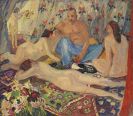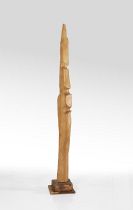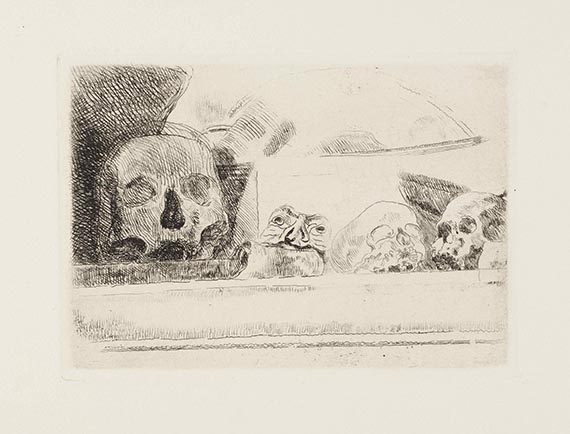
Toni Stadler
München
1888 -
München
1982
Toni Stadler was born in Munich on 5 September 1888. His father, Anton von Stadler (nicknamed Toni), was an Austrian landscape painter and co-founder of the Munich Secession in 1893. It was only logical, therefore, for him to train his son at an early age before the latter entered the Munich School for the Decorative and Applied Arts in 1906.
Toni Stadler went to Berlin in 1909, where he did studies for animal sculpture in August Gaul's studio and established contacts with Max Liebermann and Paul Cassirer and their circle. On his return to Munich, Stadler freelanced from 1911 but was conscripted and served between 1914 and 1918. After the war he attended Munich Art Academy, where he studied under Hermann Hahn.
In 1925 Toni Stadler married Hedda von Kaulbach and went to Paris for two years, where he met Aristide Maillol and studied Egyptian, Etruscan and Greek sculpture. After returning to Munich in 1927, Toni Stadler concentrated on small-scale sculpture and portrait heads.
In 1934 Stadler was awarded the Rome Prize of the Prussian Academy of Art and the following year he and Gerhard Mack were guests at the Villa Massimo in Rome. Profoundly inspired by his stay in Italy, Stadler returned there in 1938, supported by the Villa Romana Prize of the Prussian Academy. This time Stadler went to Florence, where he met and became friends with Hans Purrmann, with whom he travelled to Greece.
Toni Stadler soon returned to Munich but became a professor at the "Städelschule" in Frankfurt am Main in 1942. In 1946 he moved to the Munich Art Academy, where he was head of the sculpture class until 1958. That year Stadler was once again awarded the Villa Romana Prize and went to Florence.
During that period of his career Toni Stadler not only worked in bronze and terracotta but also drew and made prints. In 1961 Toni Stadler was delighted to return to the Villa Massimo in Rome as a guest. Inspired by encounters with the work of Marino Marini and Henri Laurens, Toni Stadler conceived his late sculpture as configurations between vessel forms and the human figure.
From the 1950s Stadler was the recipient of numerous decorations, prizes and honorary memberships in art associations. In 1964 he was awarded the Grand Service Cross of the Federal Republic of Germany.
Toni Stadler died in Munich on 5 April 1982 at the advanced age of ninety-four.
Would you like to sell a work by Toni Stadler?
Infos for seller
